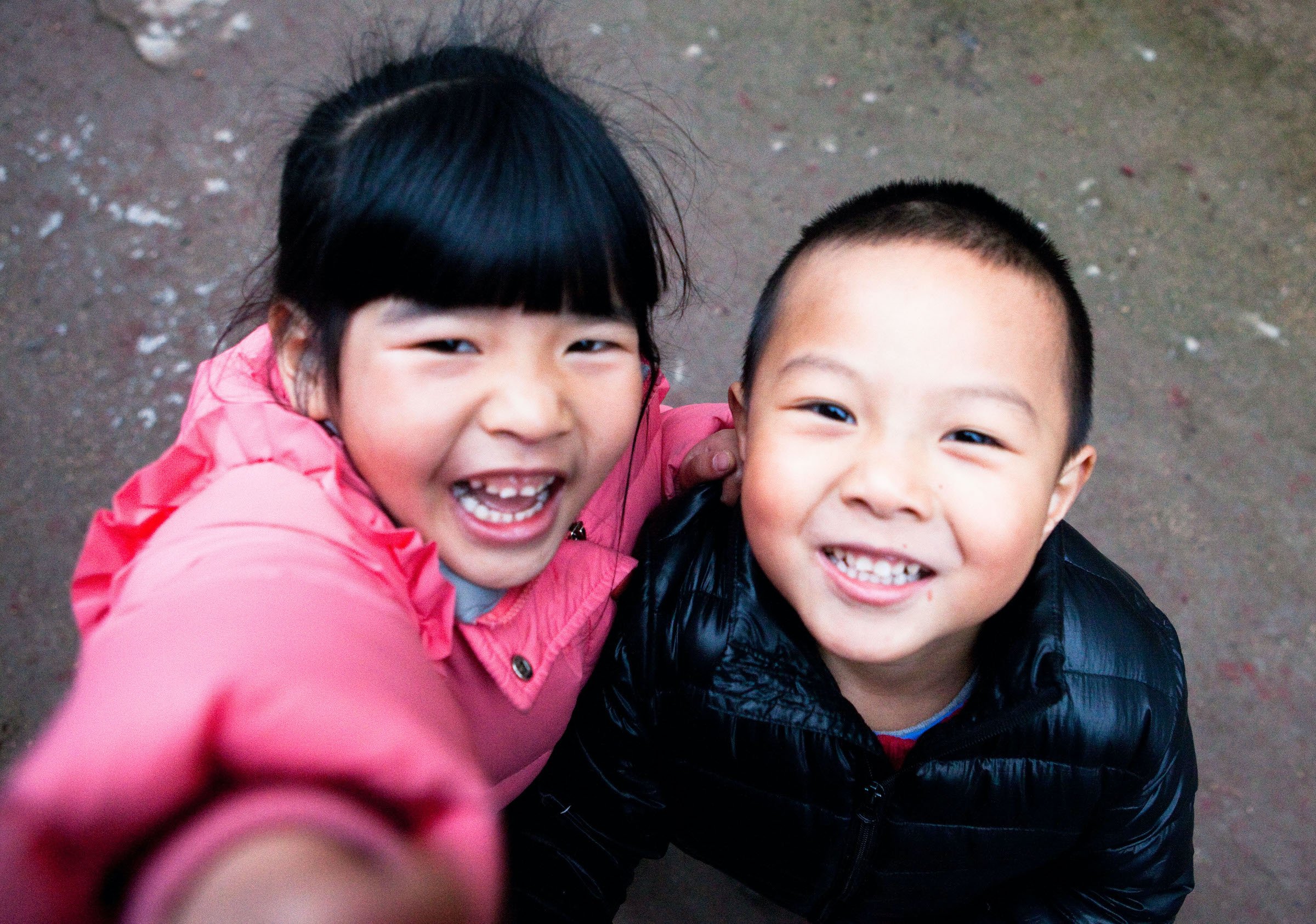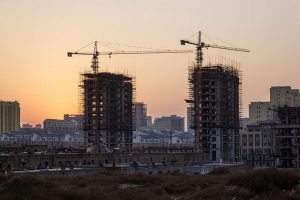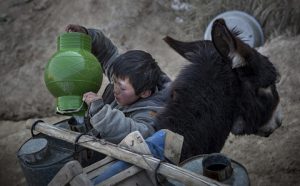Faced with a rapidly-ageing population and a slowing birth rate, Chinese leaders this week ditched their long-standing ‘one-child’ policy. But economic pressures and cultural changes suggest that a sudden baby boom – and a longer term environmental impact as 'second children' grow up to use resources – is unlikely.
The Communist Party's plenum, a behind-closed-doors gathering of 200 senior officials,
said this week it will allow all Chinese families to have two children, abolishing the 'one child policy' adopted in the late 1970s.
Many families that had more than one child were subject to stiff fines and controls, which aimed to slow the country's birth rate.
But, almost 40 years later, the country's birth controls, which were relaxed by the government in 2013, have helped create a
'demographic time bomb'.
China’s Future Population Strategy, a report by a number of institutions working on population issues, this month called for the immediate introduction of a ‘two children for all’ policy to raise birth rates and counter the impact of a rapidly ageing population.
Inevitably, changes to the policy have prompted questions about the impact on energy demand and natural resources.
China has said previously that its one-child cap has been beneficial to the environment and in terms of greenhouse gas emissions, compared to what otherwise would have been the case.
In 2007, to the consternation of some countries, senior climate negotiator Su Wei pointed out that China's controls on births had kept the country's population 300 million lower than where it would have been without the cap. This had saved 1.3 billion tonnes of carbon dioxide emissions a year, he added.
But many Chinese parents may not choose to have bigger families despite being given the freedom to have a second child.
The costs of additional offspring may deter many Chinese who want to focus more on their careers and maximise their economic resources. In addition, more Chinese are getting married later in life, making it less likely they would choose to have more than one child, say some
experts.
Efforts in western countries to
revive flagging birth rates, such as the use of taxes and benefits systems, have largely failed in countries such as Italy and Japan.
Meanwhile, future birth rates, and the rapidly ageing population, pose major questions for urban planners and the provision of education, healthcare and transport.
Chinese cities are struggling to accommodate hundreds of millions of additional people who have migrated to cities during the last few decades, and
by 2030 the World Bank expects that 70% of the world’s most populous nation will live in urban areas.
If the Chinese government has its way, China's second children, should families choose to have them, may have a lower environmental footprint than their parents, particularly those in China's rapidly-swelling ranks of middle class.
China's central government is attempting to shift China towards a greener, more sophisticated economy that will place much greater emphasis on new, lucrative technologies and high-value services instead of highly-polluting heavy industry.
But, long term, a richer China may also end up having one of the main characteristics of western economies: low birth rates.
According to
China Business News, figures from the National Health and Family Planning Commission (NHFPC), part of China’s health ministry, show that as of the end of May this year, only 1.45 million of the families that were eligible for a second child had applied for permission to have one.
China’s statistics bureau data shows that the percentage of the population under the age of 14 is shrinking – from 33.6% in 1982 to 16.6% in 2010. That’s potentially bad news for future economic growth, although the prospect of slower growth in consumption might be considered by some as good news for the environment.
CBN adds that according to annual population surveys carried out by the NHFPC, the fertility rate was already below ‘replacement level’ in the 1990s, and now stands at about 1.4. The total fertility rate must reach at least 2.1 if population levels are to be maintained.
In 2004 China’s population of people aged 65 and over reached 137 million, 10.1% of the total and far beyond the 7% viewed as the threshold for an ageing society.
The World Health Organization predicts that by 2050 35% of China’s population will be over 60, making it the oldest country in the world.
Gender imbalance is also a problem as census data suggests that by 2020 China will have 49 million men aged 24 to 28, but 39 million women of 22 to 26 – a gap of 10 million. This means huge numbers of men will be unable to marry, to the detriment of family life and society, says China Business News.
This is an edited version this the original report in China Business News, which can be found here.







